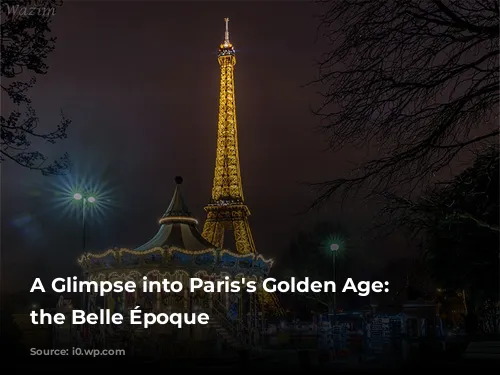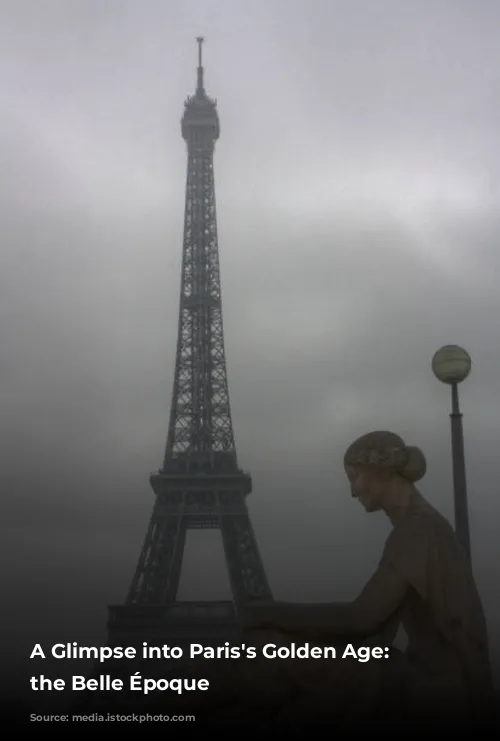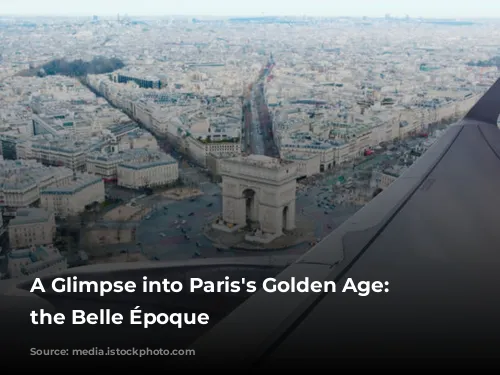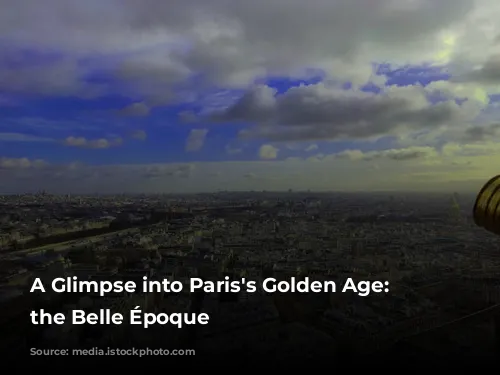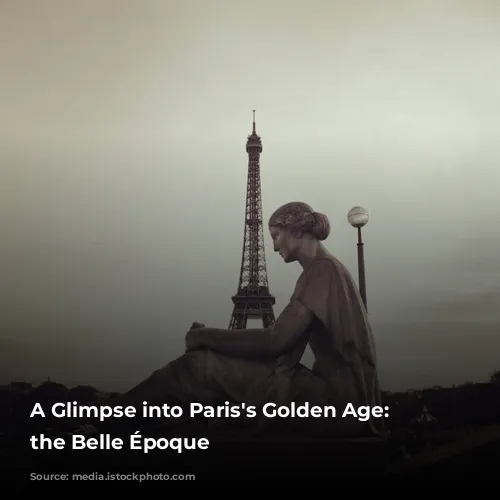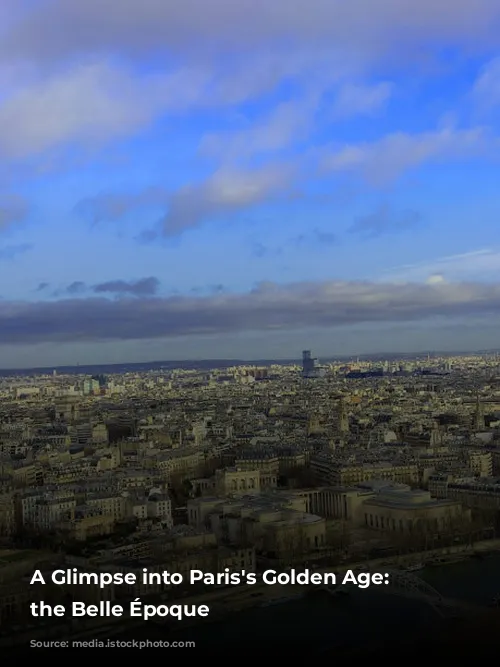Paris, the City of Lights, brims with captivating history, and the Belle Époque, a period of unparalleled creativity and progress, left an indelible mark on its cityscape. From the iconic Eiffel Tower to the intricate Art Nouveau architecture, remnants of this golden era are scattered throughout the city, waiting to be discovered.

A Time of Transformation and Exuberance
The Belle Époque, literally meaning “the beautiful era,” spanned from the late 19th century to the outbreak of World War I. It was a time of remarkable economic growth and social change, transforming Paris into a vibrant hub of innovation and artistic expression. The city’s streets bustled with activity, as new technologies, like the metro, replaced horse-drawn carriages and Grands Boulevards lined with shops and cafes became popular gathering places. The artistic scene flourished with masters like Matisse and Toulouse-Lautrec, and new forms of entertainment, like cinema and cabaret, captivated audiences.
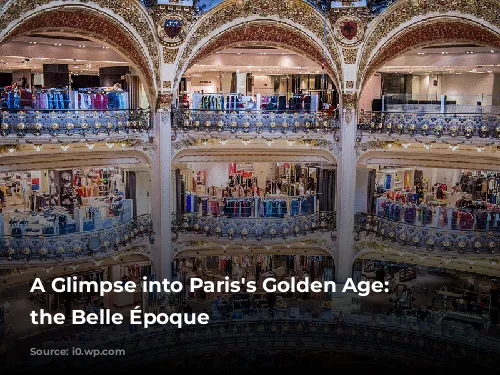
Architectural Wonders and Engineering Triumphs
The Belle Époque saw Paris embrace ambitious architectural projects that showcased the era’s advancements. The Eiffel Tower, the tallest structure in the world at the time, was a testament to the ingenuity of engineering. Designed to impress with its daring beauty, it symbolized a new era of progress. The Gare d’Orsay, the first station built for electric trains, further highlighted Paris’s leading role in technological innovation. Even today, visitors to the Musée d’Orsay can admire the building’s legacy, particularly the exquisite Art Nouveau station clock that adorns the restaurant.
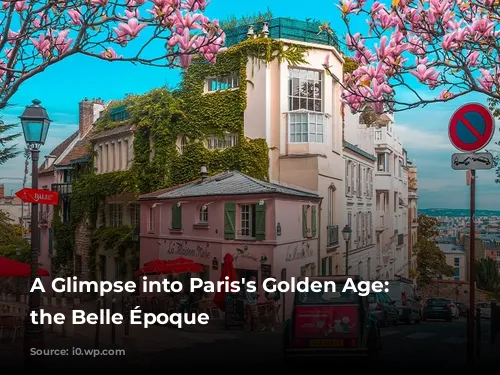
Art Nouveau: A Flourishing Style
Art Nouveau, with its flowing curves and nature-inspired designs, became the defining aesthetic of the Belle Époque. This distinctive style is evident in the entrances of Paris’s metro stations, designed by Hector Guimard. The iconic cast-iron railings and decorative canopies are a hallmark of the era. La Samaritaine, a department store on the banks of the Seine, boasts a stunning Art Nouveau facade, and the exquisite Art Nouveau door at 29 Avenue Rapp is a must-see for any architecture enthusiast.
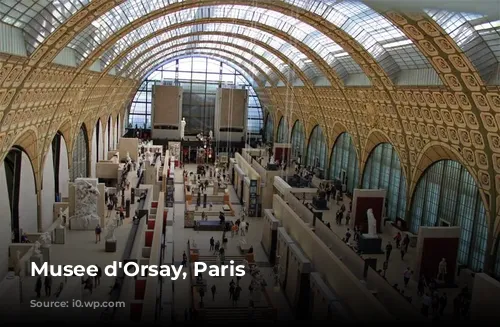
A Culinary Journey Back in Time
The Belle Époque left its mark on Paris’s dining scene as well. Le Boullion Julien, a monument historique in the Rue du Faubourg St-Denis, offers a glimpse into the era’s culinary heritage. With its mahogany bar, glass-canopied ceiling, and intricate decorations, the restaurant transports diners to a bygone era. Many Bouillon restaurants, which offered affordable yet quality food in the 19th century, still welcome patrons today, providing a chance to experience impeccable service in Art Nouveau surroundings.
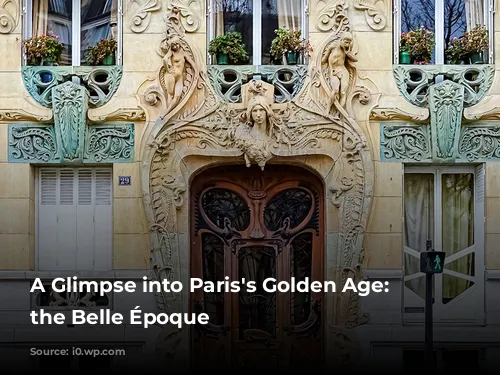
The Opulence of Le Train Bleu
At the Gare de Lyon, Le Train Bleu, a grand restaurant opened in 1901, is the epitome of Belle Époque extravagance. Its Art Nouveau decor, designed to impress wealthy travelers, boasts a dazzling golden ceiling punctuated by chandeliers, walls adorned with paintings, and impeccably laid tables with the finest cutlery and glassware. The restaurant’s brasserie cuisine is renowned, and its association with famous figures like Brigitte Bardot and Jean Cocteau adds to its allure.
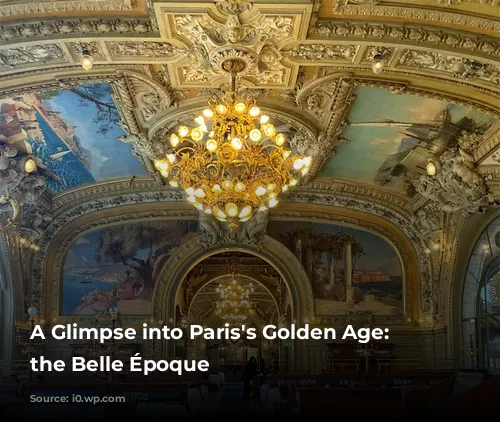
Walking Through Time: Belle Époque Trails in Paris
To explore the remnants of the Belle Époque in Paris, embark on a captivating walk through the city.
Stroll across the Alexandre III bridge, a majestic structure built for the 1900 Universal Exhibition. Its single arch, elaborate decorations, and stately lampposts showcase the exuberance of the era. The bridge offers a breathtaking vista of the Grand Palais and Petit Palais, both architectural masterpieces built for the exhibition.
Wander the area around the Opéra Garnier, a grand opera house that embodies the grandeur of the Second Empire. The Grands Boulevards, with their exclusive cafes and shops, were at the heart of Belle Époque excitement. Here, on Boulevard des Capucines, the Lumière Brothers presented their groundbreaking films to the public in 1895, marking the birth of cinema in Paris. Two magnificent department stores, Printemps and Galéries Lafayette, still stand today, offering a window into the Belle Époque spirit.
Visit the Abbesses metro station, a prime example of Art Nouveau, with its glazed canopy and elegant wrought-iron railings. The surrounding area, Montmartre, was a vibrant hub of artistic activity during the Belle Époque, with artists and musicians congregating in cafes and revelers flocking to dance halls and cabarets.
Across the street from the Abbesses station lies St Jean de Montmartre, one of Paris’s few Art Nouveau churches. Built at the turn of the century, it showcases the era’s use of innovative materials, like reinforced concrete and red brick. The church’s interior features captivating Art Nouveau decor, with patterned brickwork and ceramics.

A Legacy of Beauty and Innovation
The Belle Époque left an enduring legacy on Paris, shaping its architectural landscape, influencing its artistic scene, and enriching its culinary culture. The city’s many Belle Époque treasures are waiting to be discovered, offering a glimpse into a time of boundless creativity, technological advancements, and cultural vibrancy.
